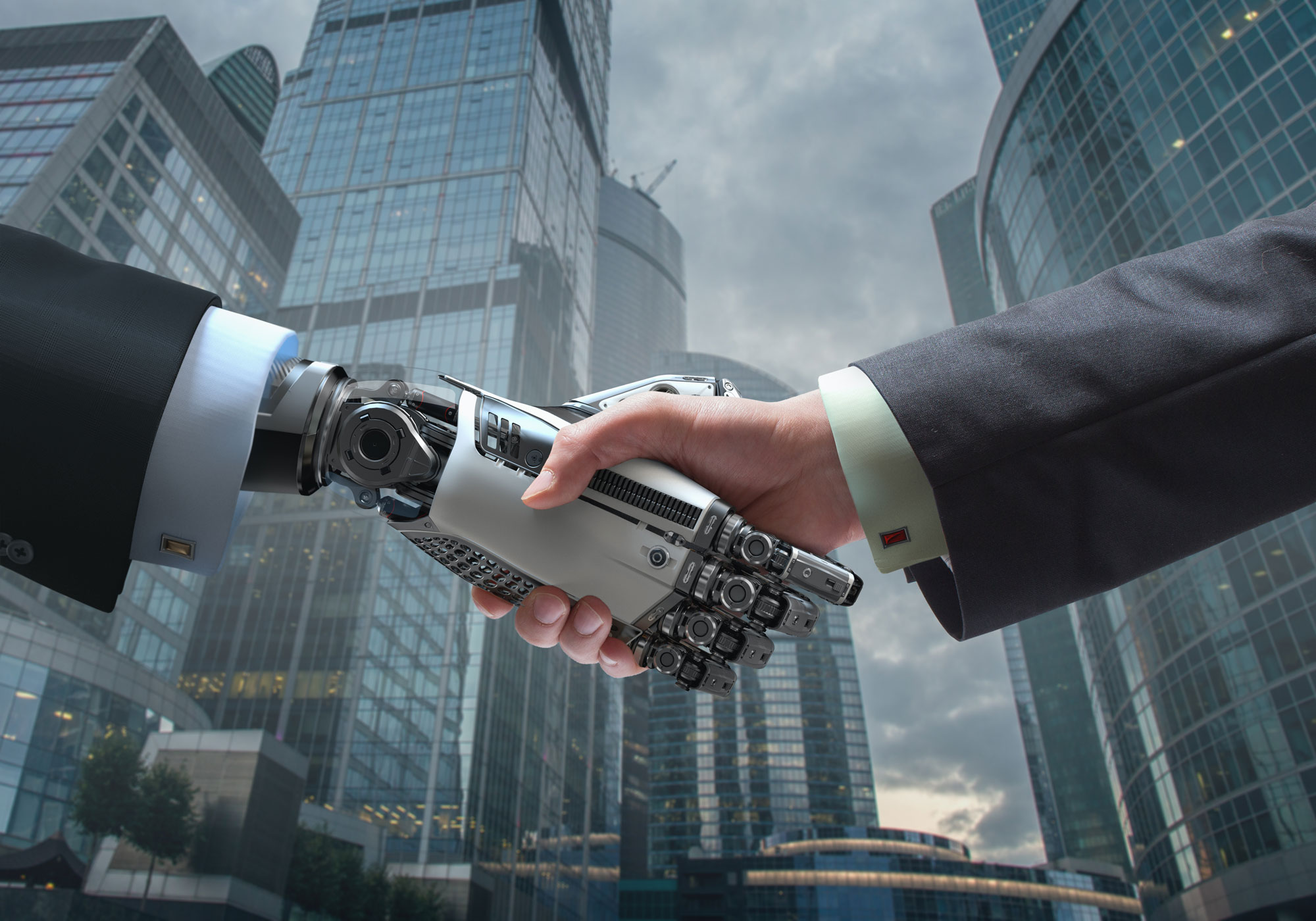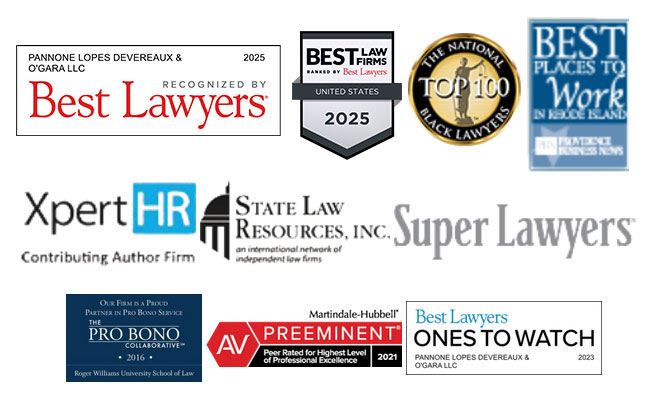Artificial Intelligence (AI) promises to revolutionize just about every industry, enhancing efficiency, automating processes, and driving innovation. As businesses race to embrace the benefits of AI, it is crucial they understand its risks and shortcomings.
AI tools can help businesses find and recruit talent, evaluate employees for promotions or discipline, and track employee productivity and profitability. Other AI-based tools, such as intelligent virtual assistants, chatbots, recommendation engines, and predictive analytics can improve the customer experience by delivering fast and consistent service, but they can also leave customers feeling disconnected and frustrated, particularly if something goes wrong during the customer experience.
This cutting-edge technology also comes with the serious risk that human intuition, “gut feelings,” and social trust will become meaningless if businesses begin to over-rely on AI tools. Until now, many business decisions are made using objective data and factors along with subjective insights and experiences between humans. How many employees on the edge of termination due to lackluster performance didn’t lose their jobs because their supervisor knew that these targeted employees were caring for their elderly parent or recently lost a child? Many times, those employees are given the space and break from scrutiny to get through and past their personal challenges outside of the workplace. Once they do so, they very often feel relief and gratitude for an employer who know what they were going through and kept them on-board, despite their temporary sub-par performance. Will the AI-based human resources tracking tool be as forgiving and understanding? Likely not.
Further consider customer issues/complaints. While machines continue to evolve, a person’s problem-solving skills and the ability to understand nuances cannot be mimicked by AI. Personal connections are often key to building lasting customer relationships. Therefore, businesses should determine how they can strike a balance between algorithms and maintaining authenticity, which only comes from human interaction.
In other words, it’s the synergy between AI and human intelligence that can lead to a company’s competitive advantage and success both with its employees and its customers. Too many people are focusing on the “either/or” aspect of AI in business, when the real issue is better framed as “both/and,” meaning how can businesses embrace AI while also recognizing the irreplaceable intangibles that humans bring to the table.
Below are a few of the broad stroke challenges, along with some practical advice for business owners/managers to ensure a responsible and sustainable integration of AI:
Job Displacement:
As AI gets smarter and more capable, concerns about job displacement, workforce restructuring, and layoffs will intensify. AI-based tools will allow employers to really drill down into the weeds of productivity analysis and earmark “underperforming” departments or employees for separation. Unlike previous eras of industrial and technological revolutions when job loss mainly impacted manual laborers, AI presents a threat to white-collar jobs in just about every industry. To address job displacement concerns, a multifaceted approach is necessary. This includes investing in education and retraining programs to give workers the skills needed to succeed in an AI-driven economy, as well as being proactive and transparent in employee communications about the roles AI will (and will not) play in the organization. Businesses will need to invest in training, education and foster a culture that embraces AI as one tool used in combination with others (such as human judgment and final decision-making power).
Overdependence on Technology:
AI is currently leading the charge in improving productivity, increasing efficiency, analyzing data, making recommendations, and driving innovation. However, it does – and will always – have its limitations. Machines can’t think critically, systems make errors, and they are prone to glitches, malfunctions, “hallucinations,” and overconfidence. It is essential that businesses maintain an appropriate level of human involvement and oversight, meaning it is up to us humans to question and validate AI’s accuracy and outputs. AI should be viewed as a tool that can assist with research, analyze data, and handle repetitive tasks, thus freeing up employees’ time and resources to focus on creativity, strategic planning, and complex problem-solving in situations where human insight and intuition are needed and can’t be replicated by AI.
Data Privacy and Security Threats:
AI heavily relies on large datasets to function effectively. While a data-driven approach has tremendous advantages, it also raises red flags about confidentiality, privacy, and security. Businesses must grapple with the ethical implications of collecting, storing, and utilizing massive amounts of personal information. Failure to address these concerns may lead to breaches, reputational damage, and distrust, as well as costly litigation.
Ethical and Moral Dilemmas:
As we consider the many facets of AI’s rapid evolution and its impact on business, and society as whole, ethical considerations become paramount. Human oversight is crucial to ensuring fairness and accountability in AI-driven decision-making processes, particularly as it relates to hiring, job promotions and vendor selection. It has been widely reported that AI models have inherent biases, limited datasets, and can unintentionally produce outputs that are discriminatory, unfair, and simply wrong. Over time, perhaps, these issues will become less prevalent, but it is only through the guiding touch and insight of human programming and management of AI tools that this will improve. For the foreseeable future, however, businesses would be wise to view the accuracy and efficacy of AI-based tools with a critical and skeptical eye.
Creativity, Strategy, and Innovation:
It may seem paradoxical, but this “rise of the machines” could lead to a greater demand for employees who possess creative, strategic, communication, and innovative skills. These “soft skills” are uniquely human and cannot be easily replicated by machines. Businesses should foster a collaborative environment where human creativity is encouraged and can be bolstered, not replaced, by AI. In addition, management should consider how it can leverage employees’ skills to play a greater role in high-level strategy and planning. For example, employees who have the ability to see the “bigger picture” or spot long-range risks and opportunities would be good resources to tap into when considering how (and how much) to integrate AI-based tools into an organization.
Conclusion:
While AI presents incredible opportunities for business growth and efficiency, being mindful of its disadvantages and inherent weaknesses is crucial for responsible and sustainable implementation. By focusing on maintaining authentic human connections, rewarding human insight and input, investing in workforce development, addressing privacy and security concerns, and upholding ethical standards, businesses can unlock the full potential of AI. Striking this delicate balance between algorithms with human authenticity will not only safeguard against potential pitfalls but also contribute to the long-term success of businesses in the AI-driven future.
PLDO Partner Brian J. Lamoureux is a member of the firm’s litigation, employment, corporate, and cybersecurity teams. He is a prominent business litigator and employment attorney who is a leading voice on social and digital media law. He is also a Practitioner Faculty member at Providence College, where he created and teaches an MBA-level course called “Digital and Social Media in the Business Environment.” Attorney Lamoureux can be reached at 401-824-5155 or by emailing bjl@pldolaw.com.


